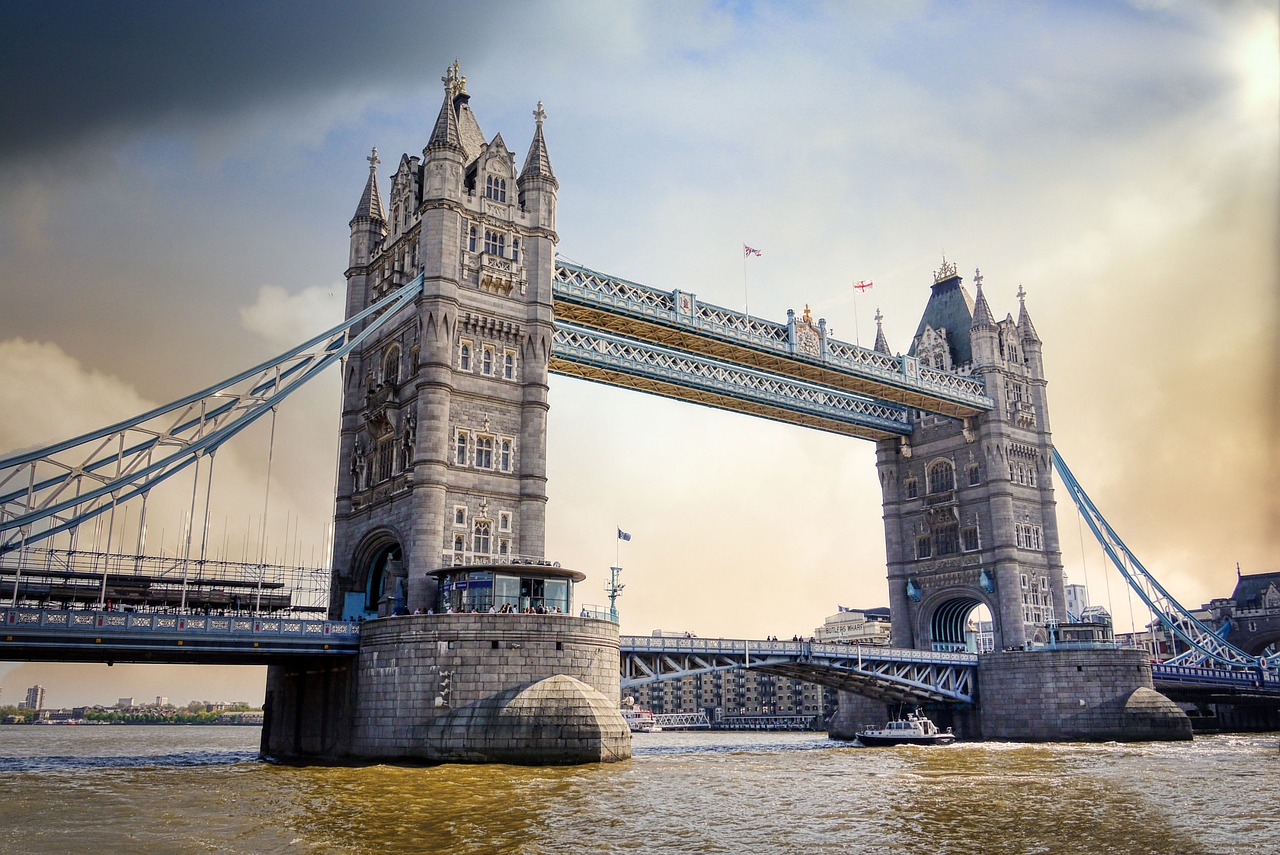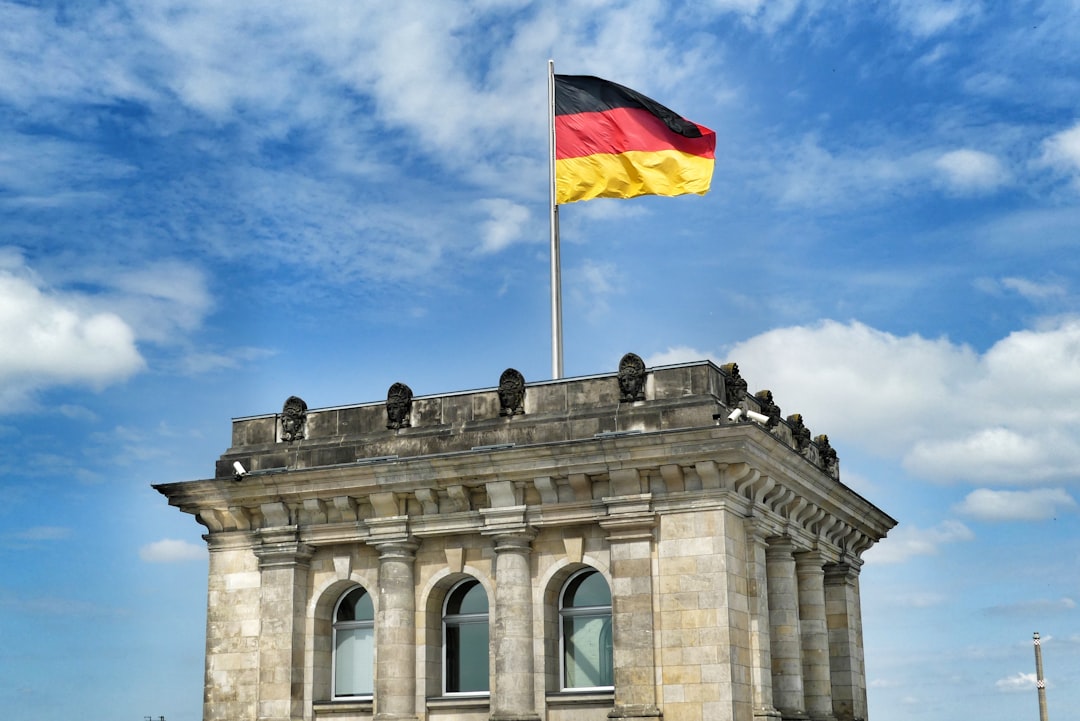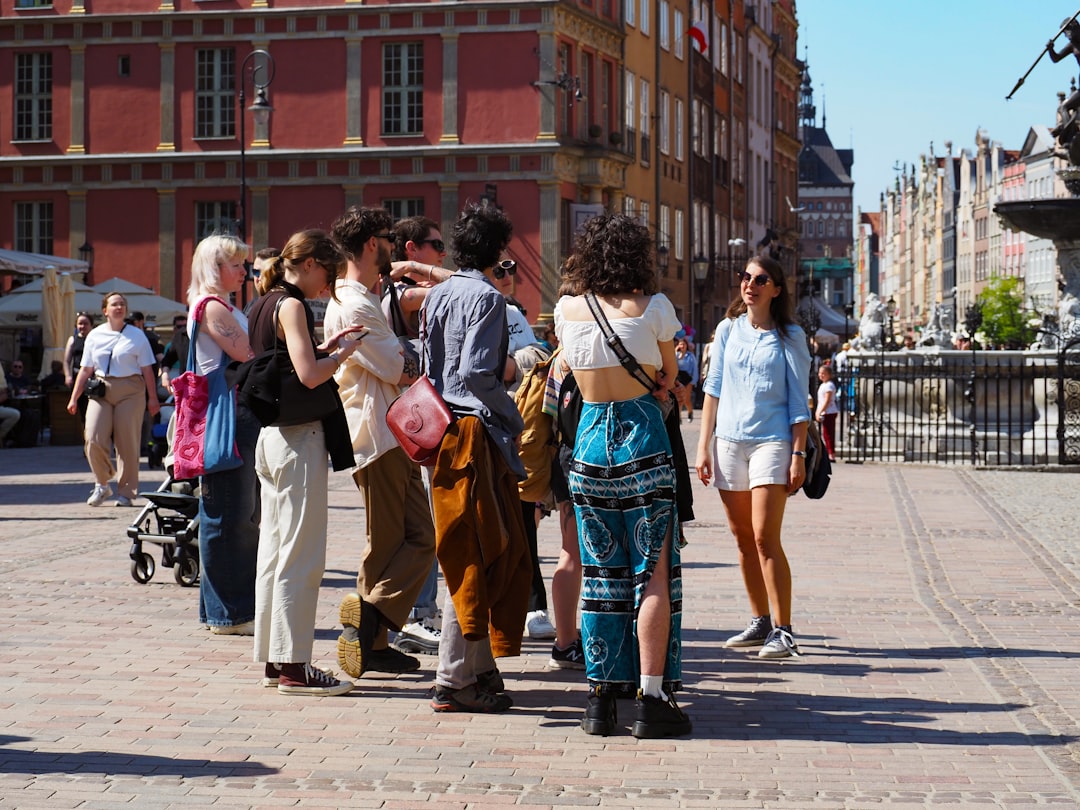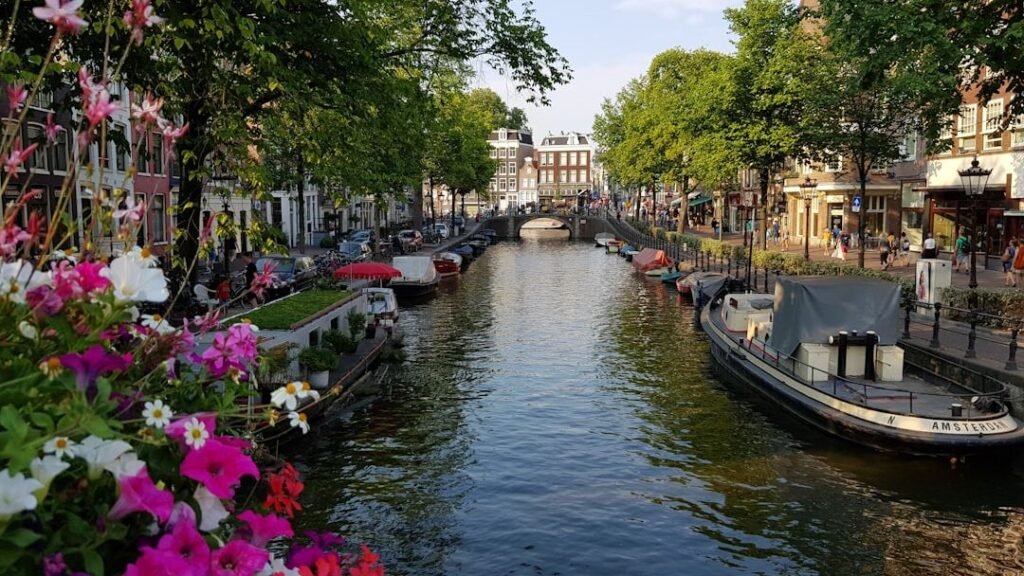American travelers are increasingly feeling the pinch when they venture abroad. The rising expenses of travel have led to a decrease in American tourists who plan to visit Europe in 2025. The European Travel Commission reports that a decreased percentage of international travelers, including Americans, have European destinations on their vacation plans compared to the previous year. The sharp rise in consumer prices has, directly and indirectly, also affected travel and tourism, causing a surge in travel-related costs and cutting back the purchasing power of tourists.
United Kingdom – Where Prices Keep Climbing

The United Kingdom consistently ranks among the most expensive destinations for American tourists. Top destinations reportedly include the UK, France, Italy, Germany, and Spain, which attract millions of American visitors annually. The strength of the British pound against the dollar has historically made everything from hotel rooms to meals prohibitively expensive for American visitors.
Stewart told Newsweek that, in the wake of the 2024 elections, GSIQ found declines of between 10 and 40 percent in the number of those considering visiting the U.S. from Canada and Mexico, “as well as from key European source markets like the U.K., Germany, France, Spain, Italy, and Scandinavia.” This shift reflects broader economic pressures affecting travel between these regions.
Germany – High Costs Meet Strong Currency

Germany presents unique challenges for American tourists seeking value for money. Recent data shows EU27 travel intent has reportedly dropped compared to the previous year, with Germany and Italy showing nearly one-point declines. The cost of accommodation, dining, and transportation in major German cities like Munich and Frankfurt has reached levels that make many American travelers reconsider their plans.
Business travel data supports these concerns, with New York consistently ranking among the world’s most expensive cities for business travel setting a benchmark that German cities are rapidly approaching. German tourism boards are increasingly aware that high prices are deterring American visitors.
France – The Premium Price of Romance

Travellers from France saw a significant decrease: -15.3% in February and -12.2% in March. However, this data reflects French travelers going elsewhere, while American tourists visiting France face similarly steep costs. The appeal of Paris and the French Riviera comes with premium pricing that leaves many American tourists feeling they’re paying too much for basic services.
This has made regions like Southeast Asia and parts of South America particularly appealing to budget-conscious tourists, while high-cost regions like Western Europe are attracting luxury tourists who are willing to pay a premium for iconic experiences like fine dining in Paris or exclusive tours in Italy.
Italy – Beautiful but Budget-Breaking

Italy’s tourism sector has seen significant price increases that affect American travelers’ perceptions of value. Italy also recorded a downturn: -7.7% in February and -8.3% in March. The country’s popularity among Americans remains high, but rising costs in popular destinations like Rome, Venice, and the Amalfi Coast are making visitors question whether they’re getting fair pricing.
The impact of inflation on Italian tourism services has been particularly pronounced in accommodation and dining sectors, areas where American tourists typically spend the most during their visits.
Netherlands – Amsterdam’s Premium Experience

The Netherlands, particularly Amsterdam, has implemented some of the most aggressive tourist pricing policies in Europe. All visitors to Amsterdam in 2025 should plan to pay the highest tourist taxes in Europe. In September, the city announced the daily fee for cruise ship day visitors will go from 8 to 11 euros (about $8.50 to $11.60), while the nightly fee built into hotel room prices will jump to 12.5% of the room rate.
But even with such initiatives in place, Amsterdam is expected to continue hosting millions of annual overnight visitors and day visits. These additional fees, combined with already high base costs, create a perception among American tourists that they’re being specifically targeted for extra charges.
The Bigger Picture of Travel Inflation

Focusing on corporate trips, a 2024 global survey revealed that roughly six in ten travel suppliers considered the rising costs of travel as the most significant issue for business tourism that year. This trend extends beyond business travel to leisure tourism, where American families are reassessing their international travel plans based on cost considerations.
In this context, tourists are expected to continue seeking value for money according to the UN Tourism Panel of Experts. The data shows that American tourists are becoming increasingly price-sensitive when choosing international destinations, with many opting for regions where their dollar stretches further.
Rising costs have fundamentally altered how American tourists view international travel. The main reason Americans avoid Europe is rising costs followed by a preference for domestic travel, as cited by the European Travel Commission. These five nations represent the destinations where American tourists most frequently report feeling overcharged, leading many to seek alternative destinations or delay international travel altogether. What do you think about these pricing trends? Tell us in the comments.
